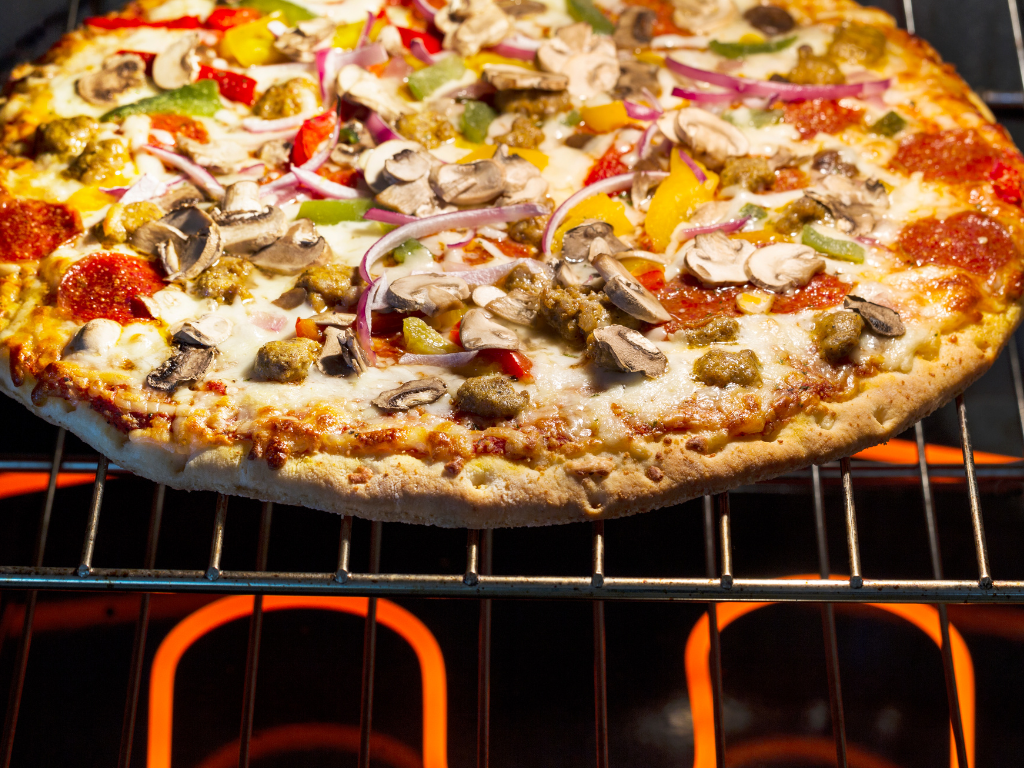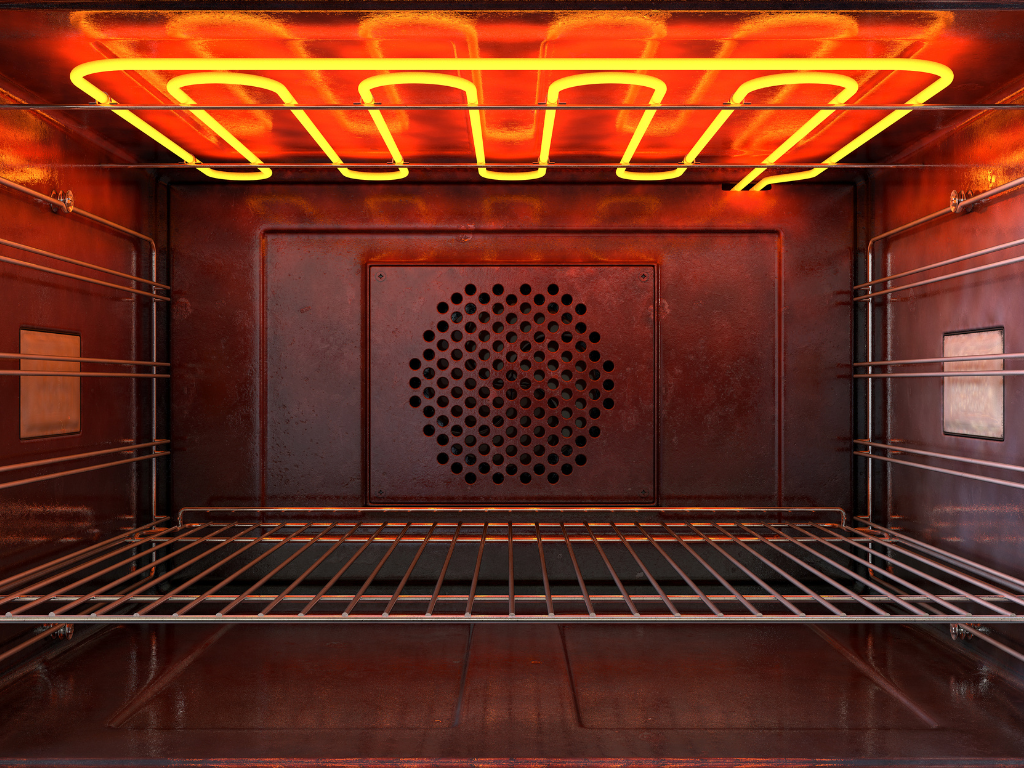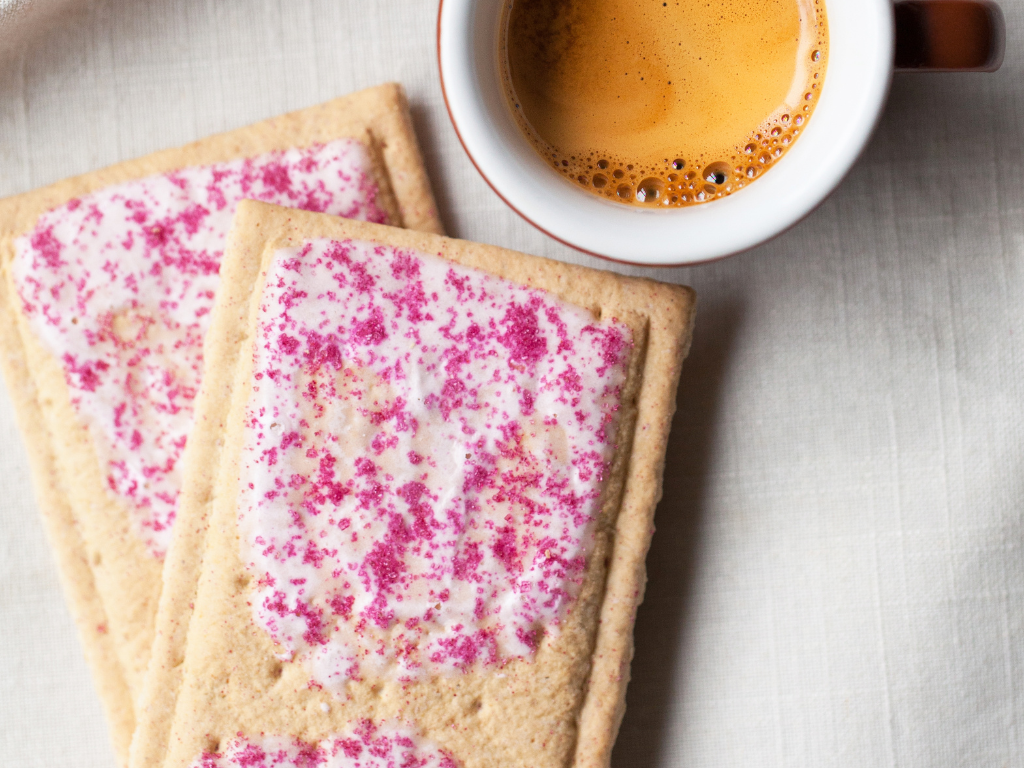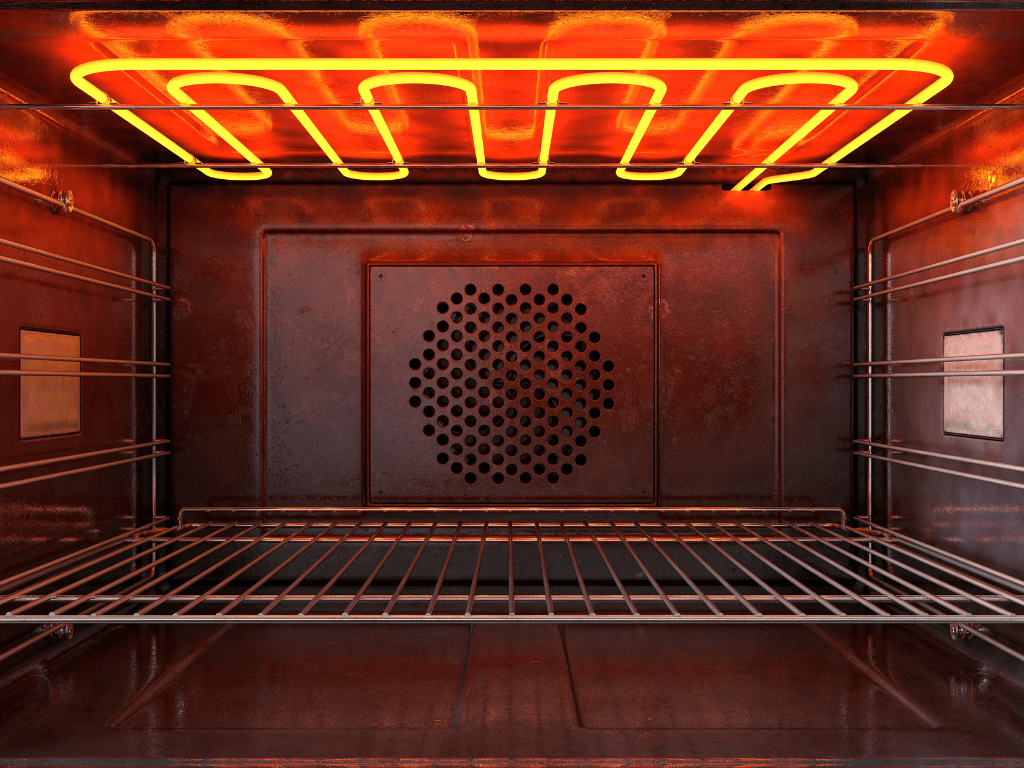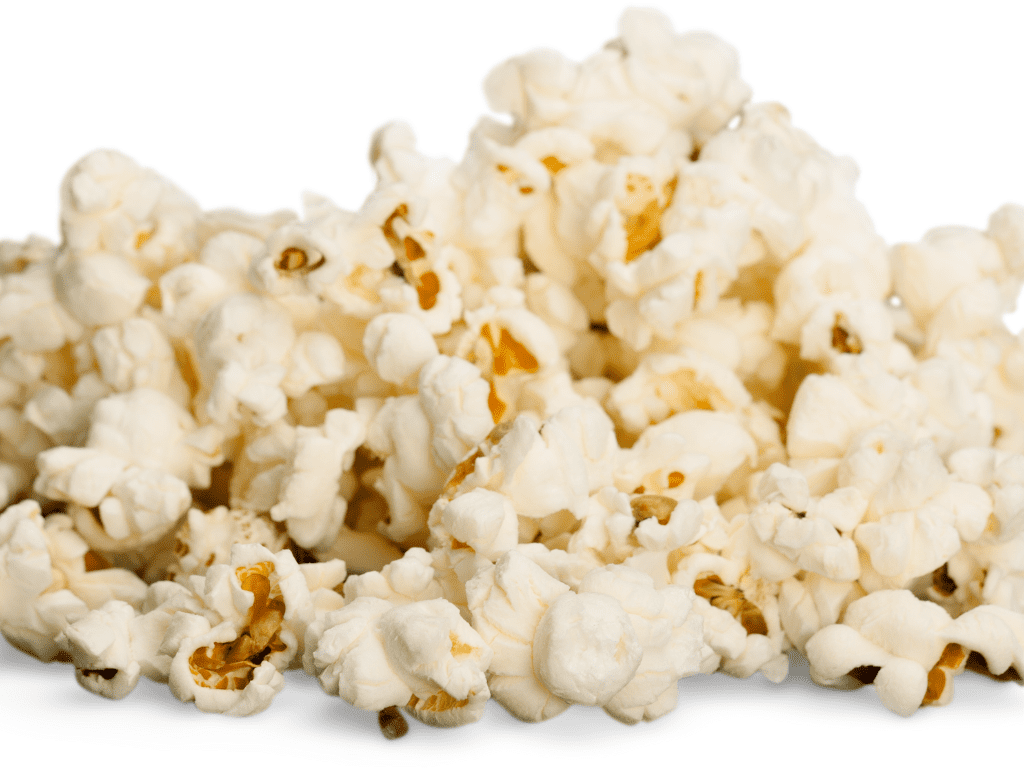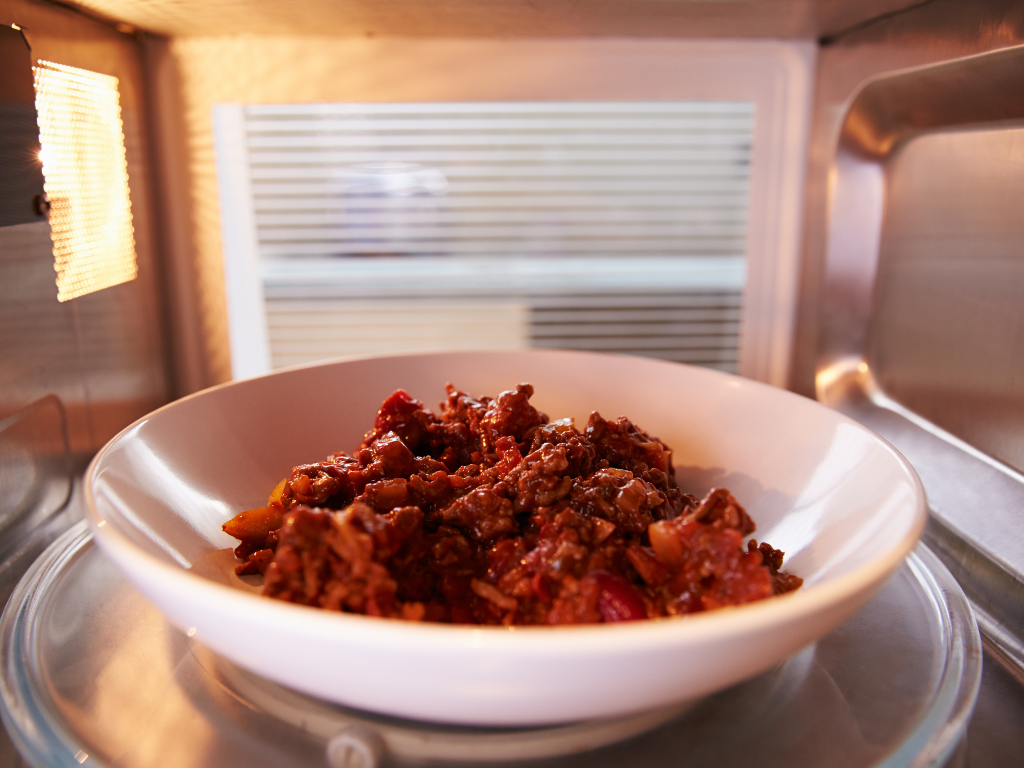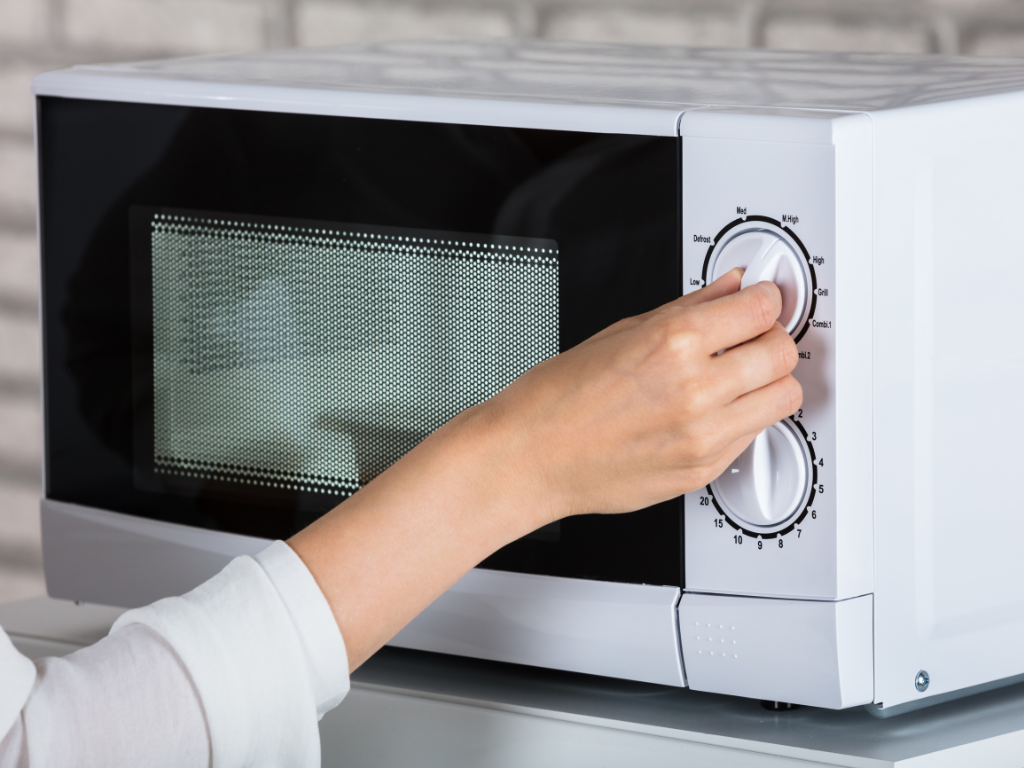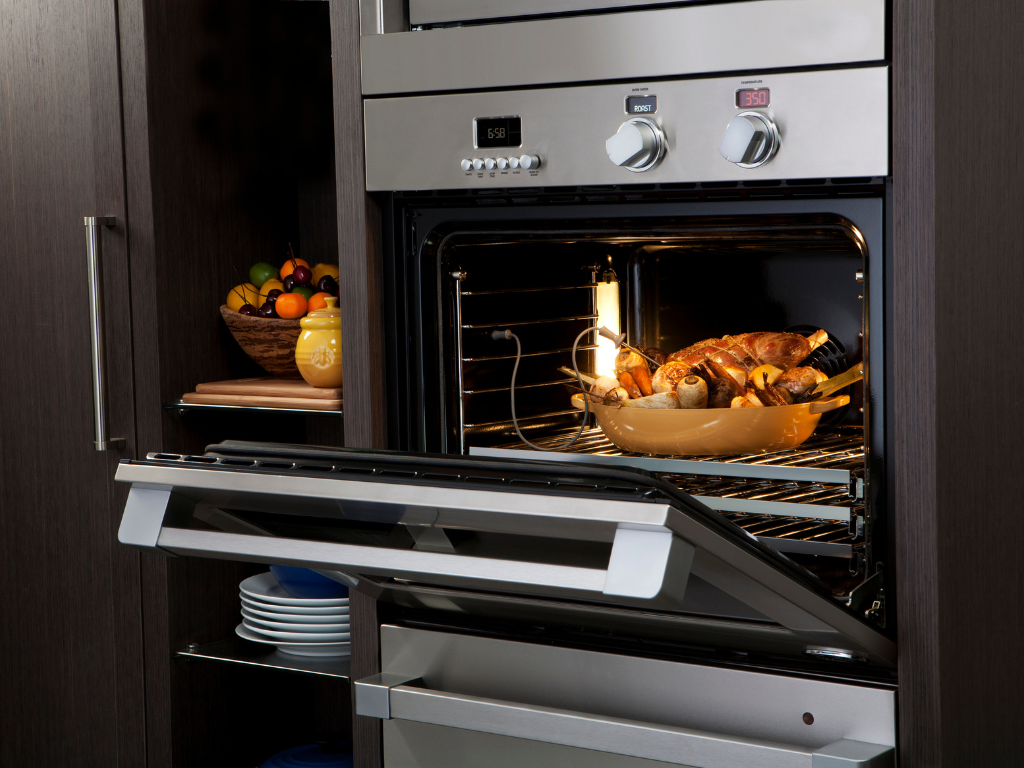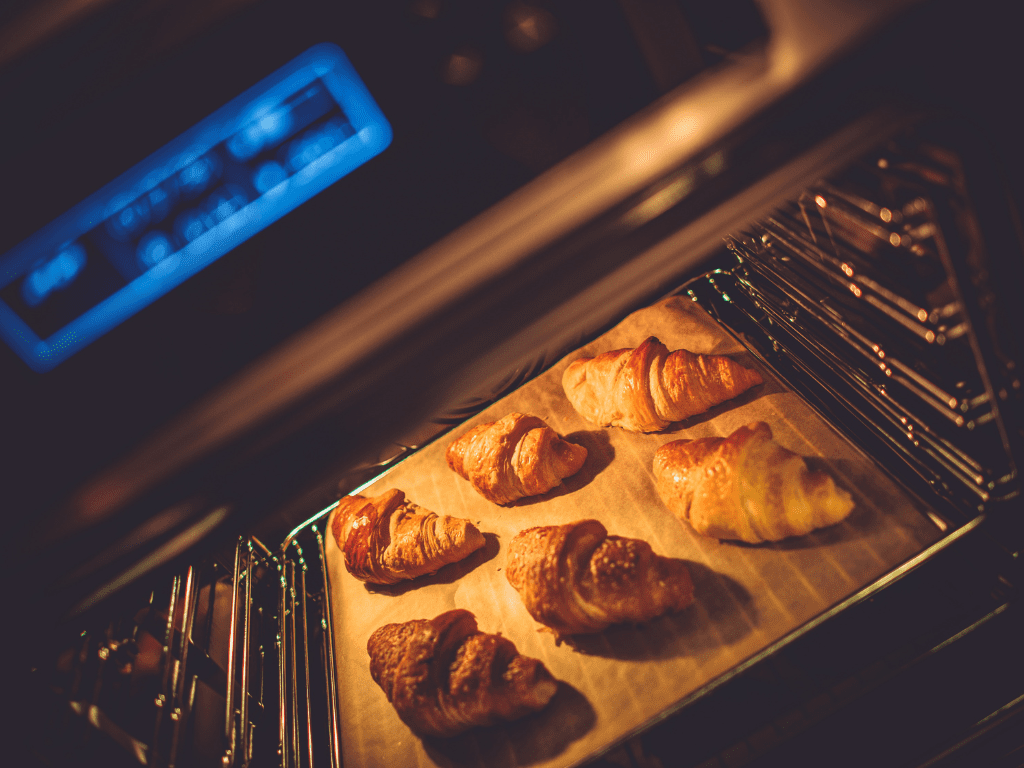
Does vanilla extract go bad? This is the first question that always comes to mind if you find an old bottle of vanilla extract sitting in the corner of your cabinet that you haven’t seen for a while. Understanding the basics about vanilla extract’s shelf life is essential not only for the great baking recipe you’re preparing but also ensures safety for you and your family.
Are you curious about how to tell if the bottle in your hand is suitable for use? You’re in luck. In this unique guide, I’ll break down everything you need to know regarding this heavenly spice’s shelf life, the best tips for storing it, and vital signs to tell if it needs to be discarded.
Let’s take a deep dive into vanilla extract to make the most out of it for your next sweet treat for breakfast, lunch, or a fabulous after-dinner indulgence! It’s safe to say that vanilla extract is an indispensable staple in every baking enthusiast’s pantry. First introduced in 1874 in Indonesia, this ingredient has claimed its throne as one of the most popular and versatile flavorings around the world for good reasons.
Natural vanilla extract is produced from tropical vanilla orchids. The vanilla beans are percolated or macerated in a solution of water and ethyl alcohol. Some extracts also contain sugar, caramel color, or corn syrup.
If you dip your finger into the extract to take a quick taste by itself, you’ll notice that vanilla extract has a bitter and unpleasant flavor. However, combined with other ingredients, it gives off a light floral, balmy taste with a sweet fragrance that perfectly enhances any sweet treat.
Vanilla extract is often used to replace vegetable oil in many dishes, mostly desserts. But the great uses of the extract go way beyond baking. From enhancing savory dishes, salad dressings to flavoring hot and comforting beverages, vanilla extract is entirely worth its salt.
Types Of Vanilla Extract
When shopping for vanilla extract in the marketplace, you’ll come across two main varieties: pure and imitation vanilla extract. There’re some significant differences that set these two apart from each other, most notably the price, production, and flavor.
Pure Vanilla Extract
To put it simply, vanilla is the second most expensive spice worldwide, only next to saffron. Each eight-ounce bottle can cost around $20, some even higher.
This is due to the fact that vanilla growth and production are often challenging and labor-intensive, considering each plant must be pollinated by hands. Plus, 80% of the world’s vanilla comes from Madagascar, which has been hit by terrible weather in recent years.
According to the Standard of Identity in the U.S, vanilla extract is labeled “Pure” only when it contains at least 13.35% vanilla bean extractives and 35% alcohol, with the rest liquid being distilled water.
Pure vanilla extract has a distinctively complex flavor thanks to over 200 aroma and taste compounds layering atop each other. Also, since it’s less processed, this version tends to purer and more intensely flavored, which is why a few drops of it is enough to go a long way.
Imitation Vanilla Extract
As the price of pure vanilla extract continues to rise, many frugal bakers turn to other more affordable vanilla replacements, and one of which is the imitation vanilla extract. At a lower price, this imitation variety can mimic the real deal’s flavor.
Imitation vanilla extract is synthetic because it contains vanillin created in the lab. Vanillin is the main flavor component that gives pure vanilla its flavor profile. With the synthetic version, this vanillin is often derived from wood pulp, clove oil, or pine sap.
While some extract makers include alcohol in their imitation vanilla, the majority of them don’t. Most of these imitation extracts contain little to no alcohol at all.
Because this extract only has artificial vanillin, it’s nowhere near the nuanced, complex flavor of the real stuff. If you plan to incorporate this version in a dessert recipe that calls for pure extract, it’s best to use twice as much to score the vanilla-like flavor.
With some good-quality imitation extract, it’s almost impossible to tell the difference between the real deal and the imitator.
Thus, if you’re concerned about your budget, don’t be shy to use this version for oven-baked goods like making cake with brownie mix. Or you can try making puddings, or cupcakes with this extract.
Can Pure Vanilla Extract Go Bad
At its simplest, pure vanilla extract has a pretty much indefinite shelf life if stored properly. The pure extract contains two main ingredients: ethyl alcohol and vanilla bean extractives. Since these two are pretty shelf-stable, there’s an unlikely chance the extract will go wrong.
Walking down the baking aisle, you may notice most bottles of vanilla extract come with a “Best If Used Before” or “Best By” date.
In fact, this has more to do with legal proceedings rather than its quality degradation. A bottle of pure extract is perfectly fine for use years past its expiry date.
Like a fine wine, this ingredient matures and develops a more complex flavor over time. This is because of its alcohol content, which very slowly evaporates each time you open the bottle. As a result, its flavor tends to gradually become more intense and concentrated.
However, vanilla extract only keeps well under proper storage conditions. Though the extract doesn’t make a good breeding ground for bacteria, if left out unopened for too long, it’s still possible for harmful bacteria to enter your bottle.
Therefore, in most cases, if you find a bottle of pure vanilla extract sitting in your cabinet, it should still be perfect for use. But if you notice a strange odor or taste, trust your gut and get rid of it.
Does Imitation Vanilla Extract Go Bad
Asides from the price difference, shelf life is where the distinction between imitation vanilla extract and its pure counterpart really kicks in. Unlike pure extract, the imitation does come with a limited shelf life.
All imitation extracts arrive with a “Best By” date, which is the manufacturer’s indication of how long it remains at its peak quality. This period is typically anywhere between 3-4 years.
Once passed its expiration date, imitation vanilla’s overall quality will degrade. But that doesn’t simply mean you have to toss it out right away. You can still make use of it for another 6-12 months without a problem. Just add a couple more drops than usual to make up for the loss of potency.
It’s safe to say the longer you keep a bottle of imitation vanilla extract in the kitchen, the worst and less flavorful it gets. Thusly, after a year or two expired, when there’re no flavors left or the substance shows severe signs of degradation, it’s time to finally dispose of it.
A Breakdown On Vanilla Extract’s Shelf Life
When stored correctly and effectively, here’s how long pure and imitation vanilla extract will keep well for. Please keep in mind that in the case of imitation, you can still get by with it for a couple more months past this period, but the original potency might not be there.
How Do You Know If Vanilla Extract Has Gone Bad?
Unlike other spices like ginger where the question if it will expire is vital, your vanilla extract is unlikely to go off. But that doesn’t mean spoilage is entirely impractical. And when it does occur, here’re some telltale signs to check whether the extract is ready to go.
1. Unpleasant Odor
Due to the volume of alcohol, the pure vanilla extract should give off a slight lingering alcohol smell that resembles a spirit. Meanwhile, imitation extract is all about the wonderful vanilla aroma.
Hence, the fastest way to tell if your bottle of the extract is spoiled is by giving it a quick whiff. If it smells just like when you first purchased it, feel free to add it to your favorite sweet recipe.
But if you sense an off odor, there’s definitely something wrong with it, and you should discard it.
2. Mold Development
Typically, pure vanilla extract isn’t susceptible to mold and other fungi due to its high alcohol content. However, if you have the imitation, or that you store either of them in a fridge, freezer or leave them opened in a humid environment for too long, there may be a risk of mold growth.
When you open the bottle, take a glance at the inside of the cap to see if there’s any trace of unwanted growth. In case you notice a fuzzy, cottony substance going on there, it’s best to throw it out for maximum safety.
Especially if the mold grows in a harsh condition like pure extract, it can produce some metabolic by-products that pose severe risks to your health. It may hurt to toss an expensive bottle of pure vanilla out, but safety comes first before any flavoring.
3. Cloudy Texture
Let’s say you find an old bottle of vanilla extract sitting in the cupboard for God-knows-long-long. To check if it’s still suitable for cooking, take a close look at its texture. Ideally, the liquid should have a vicious, consistent texture.
If the extract has turned cloudy, muddy due to constant exposure to heat or direct light, or there’re any impurities floating inside of it, the wisest decision is not to use it at all.
However, you should note that impurity doesn’t always indicate spoiled vanilla extract. Sometimes, the increased sediments on the underside of the bottle are a result of gravity pulling down the flavoring matter. You can lightly shake the bottle before continue using it.
4. Off Flavors
Though vanilla extract can keep well for a long time, it tends to remain at its peak quality only for a limited time. With imitation, this period is around 3-4 years, while the pure extract is much longer at 5-10 years.
After that, the extract will lose its potency over time. Hence, a decade-old bottle of pure vanilla might not taste or smell the same as it initially did ten years ago.
There’re no points in using flat, flavorless vanilla extract. So if the flavor isn’t there as you expected, you should consider purchasing a new bottle.
How To Properly Store Vanilla Extract?
At this point, it’s pretty clear that your bottle of vanilla extract will last for years on end. To maximize its shelf life, below are the most crucial storage guidelines that apply to both pure and imitation vanilla extracts you need to remember.
1. Keep It At Room Temperature
Vanilla extract is best to be store at moderately cool or slightly lower room temperature of between 60-80F. Pantries, cabinets, and kitchen cupboards are common places to keep this shelf-stable spice.
It’s noteworthy that vanilla extract keeps well in cool temperature, not cold. So refrigeration is not recommended for the extract, as it has a tendency to alter its integrity and quality.
2. Store It In A Dark Bottle
Most vanilla extracts arrive in a dark-colored bottle like black or brown. This is especially helpful to reduce its exposure to the damaging light, one of its biggest enemies. If the original packaging is a clear, bright color, it’s best to decant the substance to a dark bottle or vial.
3. Make Sure The Bottle Lid Is Tightly Sealed
When not in use, you should always seal the lid tightly. Allowing the extract to be exposed to the air and light may speed up alcohol’s evaporation and give harmful bacteria a good chance to enter the substance.
Besides, the bottle itself must be airtight to perfectly preserve the extract. If you bought the extract in a plastic bottle, don’t hesitate to transfer it to a glass jar or bottle with a tight-fitting cap that can be well-sealed after each use.
4. Avoid Heat Sources, Light, And Moisture
Without a doubt, these three elements are the biggest enemies of vanilla extract. Frequent exposure to them causes your extract to lose its potency and age prematurely.
Thusly, you’ll want to keep the bottle of extract in a cool, dark, and dry place. A spice drawer or dark cabinet will do, and make sure to keep the cabinet closed whenever not in use.
In addition, storing vanilla extract anywhere near the dishwasher, stove, or refrigerator is strongly advised against. The constant temperature change around these devices can damage your extract.
Finally, make sure that the pantry you choose is far from any direct sunlight from the windows and artificial light system, such as under-cabinet lighting.
5. Decant Into Smaller Bottles
For home cooks who bought a good amount of vanilla extract in a large bottle for years of use in their kitchens, transferring the content into smaller vials or bottles is essential to avoid opening the bottle way too many times.
Make a quick estimation of how much extract you plan to use in the next three months. If there’s more vanilla in the bottle than required, transfer the excess into a good-quality bottle with a tight seal. Once you finish up the first bottle, simply refill as needed.
Can you get sick from using expired vanilla extract?
Generally speaking, vanilla extract won’t make you sick. However, a certain amount of alcohol in the substance speeds up the growth of bacteria and other microorganisms, which is harmful to your health.
By that logic, the longer the extract sits around, the more the alcohol content evaporates until it’s completely gone. Even though there’re no reports on this ever happening in real life cases, there are some people who believe that consuming expired vanilla extract could make them sick.
Why does vanilla extract smell like alcohol?
Pure vanilla extract is made by extracting the oil from scraped vanilla beans and mixing it with alcohol. As such, the alcohol content in an average bottle of pure vanilla extract is around 20-35 percent. Therefore, one of the most noticeable signs that your vanilla extract has gone bad is a strong alcohol odor. In general, homemade extracts tend to have a more potent alcohol scent that might be unpleasant for some individuals.
On the other hand, imitation extracts usually contain just 1-2% of alcohol in them, which smells less potent than pure extracts but still can be unpleasant to certain people. Moreover, there’s no standard as to what artificial vanilla could or couldn’t smell like.
What can you do with vanilla extract?
Whether you’re using a pure or imitation vanilla extract, there are plenty of things you can do with them. Below are some examples.
1. Add Vanillin To Cake Dough
Cake dough is commonly made with a stable amount of vanilla extract in it. Therefore, adding some vanillin to your cake dough can help your desserts turn out even more tasty and delicious than before.
2. Make Homemade Vanilla Ice Cream Recipe
Imitation vanilla extract mixes well with almost any types of dairy-based desserts as well as fruit juice and condiments, making it a frequent ingredient in most kitchens across the world. As such, you can use it to make a yummy vanilla ice cream recipe at home. The only concern is that you’ve got to use a high-quality imitation vanilla extract for the best-tasting result.
3. Improve Your Coffee
Besides its obvious application in baking, cooking and other types of desserts, you can also add some imitation vanilla extract to your coffee for enhanced flavor and aroma. It’s particularly useful when brewing coffee beans with a cold brew maker for an even more refreshing cup of joe.
4. Add To Vegetables
A common use of vanilla extract is for flavoring vegetables. You can add some to your vegetables and it’ll bring out their unique flavors and aromas, adding more depth to them than plain olive oil would do. The vanilla extract will also enhance the taste of your ice cream, sauces and condiments when used in cooking, baking and other kitchen preparations. For example, you can use it to enhance the flavor of tomato-based salad dressings or marinades in the future.
5. Make Your Own Vanilla Extract
If you already bought a bottle of pure vanilla extract and want to make your own extract at home, you can follow our detailed Vanilla Extract Recipe above. It’s a little more complicated than making a vanilla ice cream recipe, but it’s still relatively easy and simple to achieve. Most people who have tried this method say that it is worth the effort, as the end result is much better than buying imitation vanilla extract.
Whether you use pure or imitation vanilla extract depends entirely on personal preference and preference of the person who made the purchase.
Is dark or clear vanilla extract better?
The answer is both clear and dark vanilla extracts are excellent in their own way. It’s pretty much down to a matter of personal preference and what you plan to use them for.
For instance, artificial vanilla extract is satisfyingly clear, making it a good choice for many people who don’t want the intense alcohol odor associated with pure vanilla extract. And it’s cheaper than pure vanilla extract too, which is another plus point for people who want to save some money on baking but still get a nice vanilla taste. In contrast, pure vanilla extract takes on a dark brown color that makes it look almost like coffee or beer when compared to imitation vanilla extract.
Is it okay to leave out vanilla extract?
Yes, the average vanilla extract includes about 3-4% vanilla beans. As such, it’s very safe to leave the extract out of your recipe or product if you want. However, do avoid using pure or imitation vanilla extract straight from the bottle because of its strong alcohol odor that might be unpleasant for some people.
Whatever you decide to do with this wonderful liquid in your life, know that homemade vanilla extract is an ingredient that’s been used and appreciated for years by many people. It can take on different roles depending on what you use it for, so feel free to experiment with some of its applications in the future.
Is vanilla extract healthy?
Vanilla extract is a very popular ingredient in processed foods, and it’s safe to consume as long as you don’t eat more than a small amount of it. The extract is used for flavoring baked goods, sauces, ice cream, desserts and beverages. Another important use of vanilla extract is in the manufacturing of certain drugs and perfumes.
However, the chemical components present in vanilla extract might have some negative effects on your health if you consume it excessively. Hence, we recommend that you limit your intake of this ingredient to less than 100-200 milligrams per day if possible.
You should now know a lot more about this popular ingredient and its different types. No matter what your personal preference is, feel free to experiment with vanilla extract in the future and see how it goes. Please feel free to leave us a comment below if you have any questions or concern regarding this article. And if this article has been useful to you, please share it with your friends!

